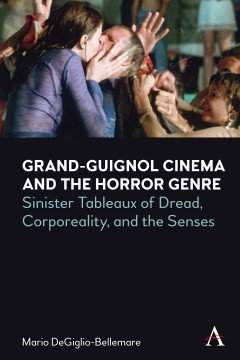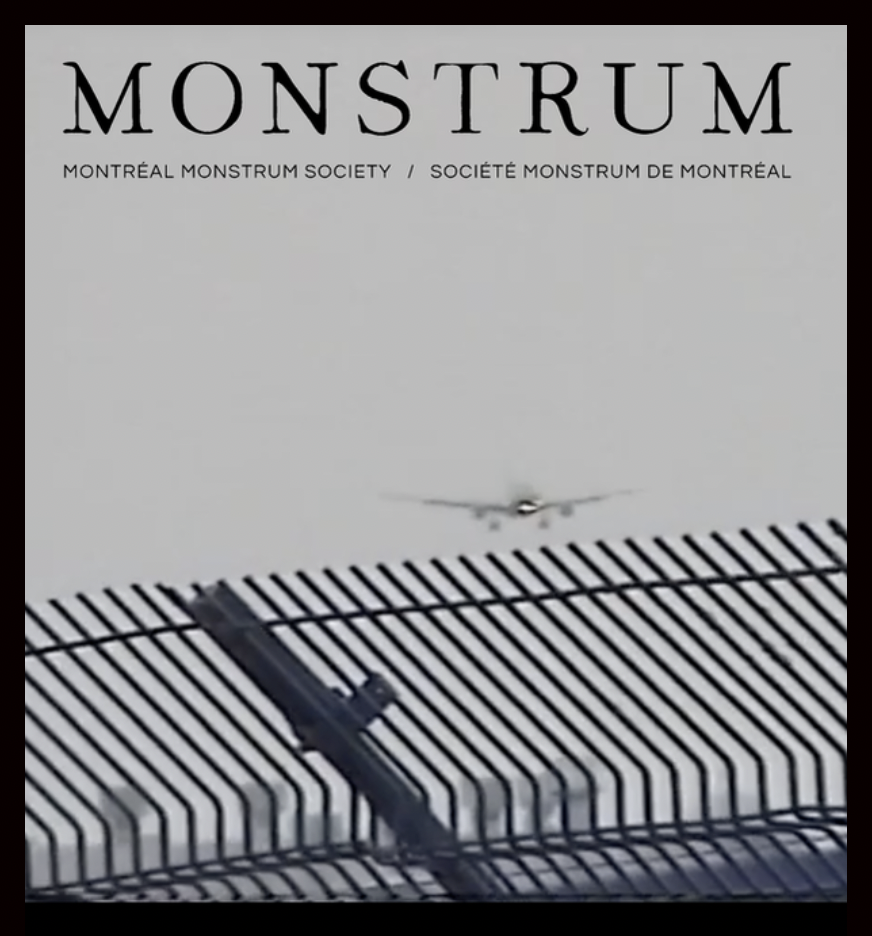Publications
Shirley Jackson: A Companion
Kristopher Woofter (2021)
-
From the short story «The Lottery» to the masterworks The Haunting of Hill House and We Have Always Lived in the Castle, Shirley Jackson’s popular, often bestselling works experimented with popular generic forms (melodrama, folktale, horror, the Gothic, and the Weird) to create a uniquely apocalyptic vision of America and its contradictions.
With a Foreword by award-winning Jackson biographer Ruth Franklin, this collection features comprehensive critical engagement with Jackson’s works, including those that have received less scholarly attention. Among these are the novels The Road Through the Wall, The Bird’s Nest, and Hangsaman, as well as Jackson’s historical study, The Witchcraft of Salem Village. Also included are essays on Jackson’s darkly humorous collections Life Among the Savages and Raising Demons, on Stephen King’s «literary friendship» with Jackson, on the little-known film adaptations Lizzie (1957) and Hosszú Alkony (Long Twilight) (1997), and the first-ever extended analysis devoted to Jackson’s unpublished satirical cartoon sketches.
The collection’s five sections focus on Jackson’s style, key themes, and influence; her politics and poetics of space; her treatment of the «monstrous» mother and monstrousness of motherhood; her representations of outsiders and minorities; and moving-image adaptations of her work.
Grand-Guignol Cinema and the Horror Genre: Sinister Tableaux of Dread, Corporeality, and the Senses
Mario DeGiglio-Bellemare (forthcoming, 2023)
-
Grand-Gugignol Cinema and the Horror Genre traces important contributions of the Parisian Grand-Guignol theatre’s Golden Age as theoretical considerations of embodiment and affect in the development of horror cinema in the twentieth century. This study traces key components of the Grand-Guignol stage as a means to explore the immersive and corporeal aspects of horror cinema from the sound period to today. The book is a means to explore the Grand-Guignol not only as a historical place and genre, but theoretically, as a conceptual framework that opens up an affective mapping of Grand-Guignol attractions in cinema.
In a broader theoretical sense, Mario DeGiglio-Bellemare positions Grand-Guignol cinema in corporeal and affective terms as a way to discuss central themes from the Golden Age of the Grand-Guignol theatre as they figure within the framework of post-representational analysis in cinema studies. Post-representational analysis draws meaning out of matter, or the material intensities of films; here, making sense (representation and meaning) and also sensing (in a more corporeal, sensorial way) have political relevance that cut across gender, class, race and sexuality. The author deploys the Grand-Guignol as a conceptual tool to reveal its important influence on the horror genre by focusing on the dominant themes of the Grand-Guignol theatre that cinematic horror has taken up in its own immersive theatrics of the corporeal and sensorial.
Bodies in Suspense: Time and Affect in Cinema
Alanna Thain (2017)
-
How can cinema make us live time?
According to Alanna Thain, suspense films allow us to experience the relation between two bodies: that of the film and that of the viewer. Bodies in Suspense presents a powerful new way to think through postdigital cinema and the affective turn in critical theory, arguing that the “body in time” enables us to experience the temporal dimension of the body directly.
MONSTRUM Issue 6.1
June 2023
-
Welcome to Monstrum 6.1! We open with six feature essays on subjects ranging from the politics of Poe (Michael J. Blouin), to Cronenbergian eco-horror (M. Keith Booker), gender and stardom in silent and early sound cinema (Shane Brown and Mark Jancovich), the importance to genre study of the distribution history of Psycho's move to television (Alex Remington), and revisionary theoretical figurations of longstanding concepts--the gag (Kate J. Russell) and dread (Marcus Prasad, the winner of this year's SCMS Horror SIG Graduate Essay Prize).
A special Dossier on Russian, Belarusian, and Sakha Horror follows. Edited by Eva Ivanilova and Denis Saltykov, the dossier is the product of a 2021 symposium on Russian horror cinema held at the University of Pittsburgh. It includes two feature essays, the first a detailed history and case study of Belarusian horror (Volha Isakava), and the second on Indigenous voice in the 2020 Sakha horror film Ich-chi (Neepa Majumdar and Eva Ivanilova). This revealing dossier on under-studied traditions of horror also includes Adam Lowenstein's critical response to the 2020 Belarusian horror film Spice Boyz and four contextualizing essays on Russian horror, selected by Denis Saltykov and appearing here for the first time in English translations by Felix Helbing. We thank the editors of Seans, Kino-Teatr, Iskusstvo Kino, and Lumos for permission to translate the original works. Originating before the recent Russian aggression towards Ukraine, this dossier is a revealing record of the subversive power of horror brought to bear on questions of region, race, and nation.
We also once again present a special feature publication of the videos and transcripts of the second Horror Reverie series of symposia on key horror films, this year featuring scholars and artists celebrating 50 years of The Exorcist, and introduced by a personal essay from Monstrum's editorial intern Marcus Prasad. This feature is followed by our presentation of the 2022-2023 Monstrum Student Essay Award prize-winning essay by Dawson College student Tristan Boisvert-Larouche on the impulses towards creation and destruction in Alex Garland's two science fiction films, Ex Machina and Annihilation. Book reviews of work focusing on the concept of "meta" (Erin Giannini), censorship and children (Erin Giannini), and the television series Supernatural (Rebeccca Stone Gordon) follow.
MONSTRUM Issue 5.2
December 2022
-
Monstrum 5, Issue 2, is the first in our shift to biannual publication. Going forward, each December issue of Monstrum will be a special issue focused on a guiding theme and guest-edited by leading and upcoming scholars in the field of horror media. Monstrum welcomes guest editors Sonia Lupher and our CORÉRISC colleague Alanna Thain, who have put together a robust, globally-focused collection of essays on the topic of short-form horror. These discussions and analyses cover short films, television, and even commercial movie trailers. This issue of Monstrum is also the first to include videographic essays. All content is available in downloadable PDFs. Videographic essays also feature a written component.
MONSTRUM Issue 5.1
June 2022
-
MONSTRUM 5, Issue 1, presents three essays and an interview, as well as a special feature publication of the first in our "Horror Reverie" series of symposia on key horror films.
In the first of our feature essays, Mikaela Bobiy takes an embodied psychoanalytical approach in discussing the importance of "unconscious communication" to David Cronenberg's The Dead Zone. With Videodrome coming out the same year, it is easy to overlook Cronenberg's masterful adaptation of Stephen King's novel, and Bobiy's analysis of the film's breakdown of conscious and unconscious realities—following from her Winter 2019 lecture on the film for the MMS course "A Year in Horror: 1983"—is an insightful take on a Cold War film that eerily prefigures the current political era in the US and abroad.
Jeffery Klaehn's feature interview with Soren Narnia, author and producer of the horror podcast Knifepoint Horror, follows with an in-depth discussion of Narnia's incisive brand of transmedial supernatural horror.






